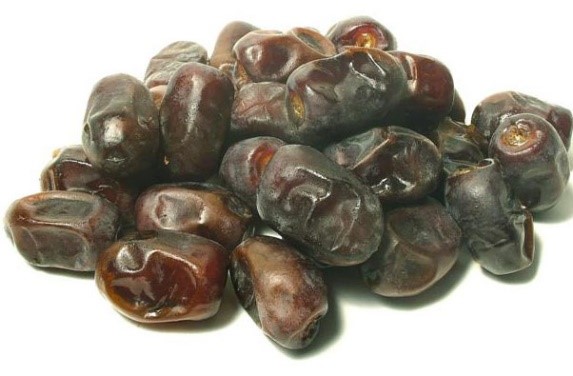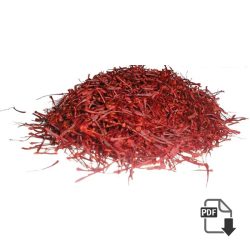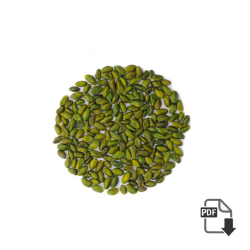Different Kinds of Saffron
Description of Saffron
Saffron (Zaferan) is a spice that is made from the flower Crocus Sativus, which is also known as Saffron Crocus. Some people call it the Red Gold. Because this spice is the world`s most expensive spice by weight. The reason behind this high price is that, it is super difficult to manually extract large number of stigmas.
This Spice is a 6 digit HS92 product. (HS Code: 091020)
Zaferan is made from the filaments which grow inside of this flower. The threads which are made from the stigma and style of the filaments are what we call saffron. Its Origin is Iran, although other countries produce it as well.
It`s taste and the fragrance is the result of the chemicals Picrocrocin and Safranal. Also, its coloring power is from the pigment called Crocin. The result of the coloring strength of its will is golden yellow tending to orange and red.

We export 5 different types of Saffron:
The Uses of Saffron
Culinary Use:
Persian, Indian, European and Arab People highly use this spice in their cuisines, confectionaries, and liquors. It is used as a spice in many culinary products. Food products such as margarine, sausages, cake powder, and many desserts. Dairy products such as butter and cheese. It is also used in other products such as sweets, candy, ice cream, jelly, beverages, wine, chicken, rice, seafood, soup, bread, and cake.
The primary users of this spice use it for preparing a kind of tea named after it. Indians use it for the preparation of a dish called Biryani. Italians and the Swiss use saffron for the preparation of a dish with rice called Risotto. Spaniards use saffron for the preparation of a dish called Paella. Germans and the English use saffron for the preparation of the saffron cake.
Medicinal Use:
People use this spice for its medicinal properties, listed as below:
- a powerful antioxidant
- improve mood and treat depressive symptoms
- have cancer-fighting properties
- reduce PMS symptoms
- act as an Aphrodisiac
- reduce appetite and aid weight loss
- reduce heart disease risk factors
- lower blood sugar levels
- improve eyesight in adults with age-related macular degeneration (AMD)
- imporves memory in adults with Alzheimer`s disease
Saffron Farm and Factory
Saffron Packing
Some pictures of different types of saffron packing:
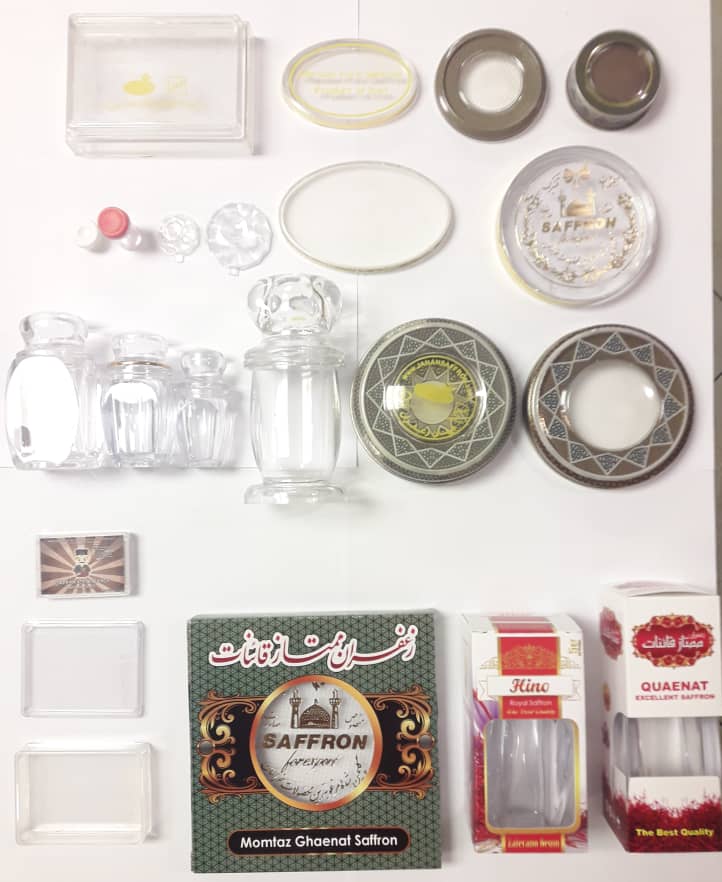
The History of Saffron
The history of saffron Research and documentation shows that the foothills of the Zagros Mountains in Iran are the native lands of this spice. Persians first cultivated Zaferan in Isfahan and Khorasan provinces.
The oldest records about the usage of saffron come from the period referred to as the Achaemenid era where all of the food products that were used in the palace kitchen in that time are inscribed on a pillar. According to these inscriptions, one kilogram of saffron was used each day in the palace kitchen.
There is a new discovery that shows the use of saffron goes back to 3,500 years ago. In addition, saffron-based pigments have indeed been found in 50,000-year-old depictions of prehistoric places in northwest Iran.
Botanical Information of Saffron
The scientific name for saffron is crocus sativus. It is both a bulbous and herbal plant. The lifespan of the saffron plant is 7 to 10 years. The brown bulb of the saffron plant belongs to the corm family. Each bulb grows into 6 to 9 thin, herbal leaves. In the autumn, one or two pink or purple colored flowers bloom from each corm. The pistil of the saffron flower is in the center and contains the ovary and the thin, yellow style growing inside. Saffron flowers have bright, red stigmas that are 20 to 30 mm in length. The stigma is the edible and commercial part of saffron. The stigma has many chemical components, such as carbohydrates, minerals, vitamins, pigment (especially crocin), essence (especially safranal) and flavorings (especially picrocrocin).
Nutritional Value of Saffron
Global Trade of Saffron
Based on the international statics of 2017 from OEC website:
The top exporters of Saffron are Iran ($114M), Spain ($63.2M), Afghanistan($18.4M), Greece ($6.97M) and France ($6.42M). The top importers are Spain($54.7M), Hong Kong ($20.8M), the United States ($18M), Italy ($16.7M) and India ($16.6M).
Total of 238 Million US Dollars.


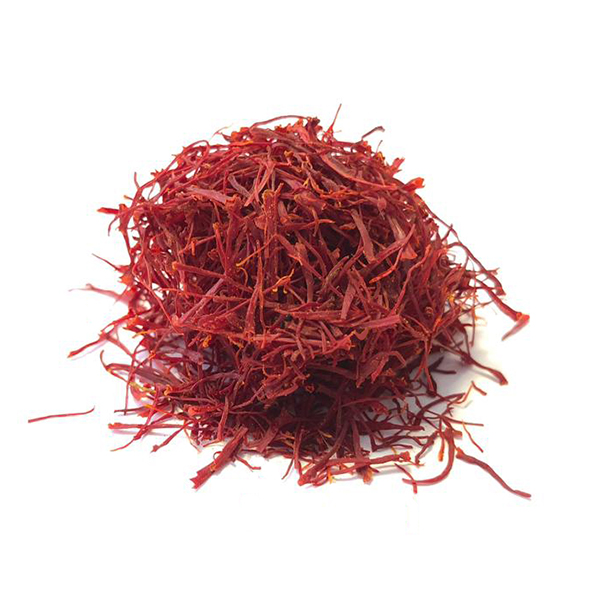
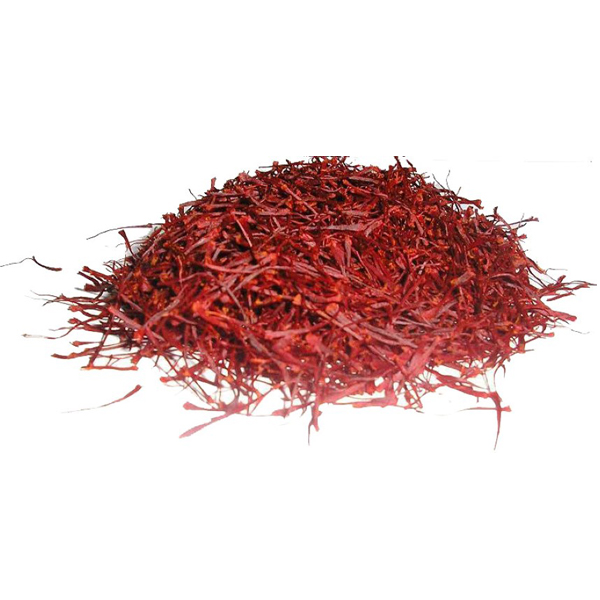
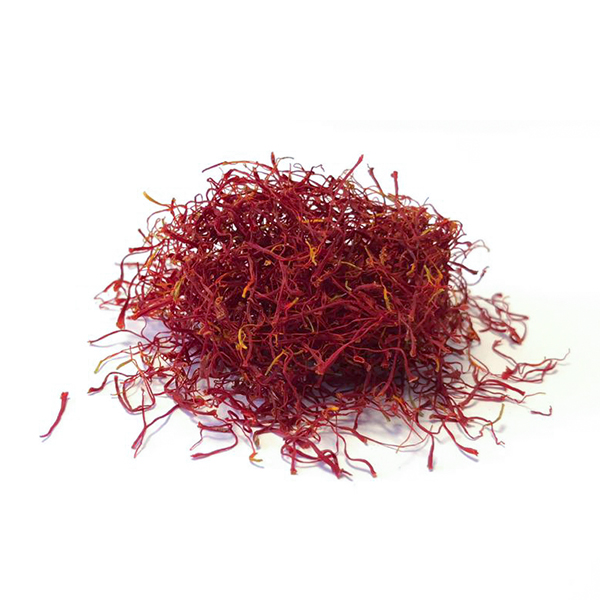

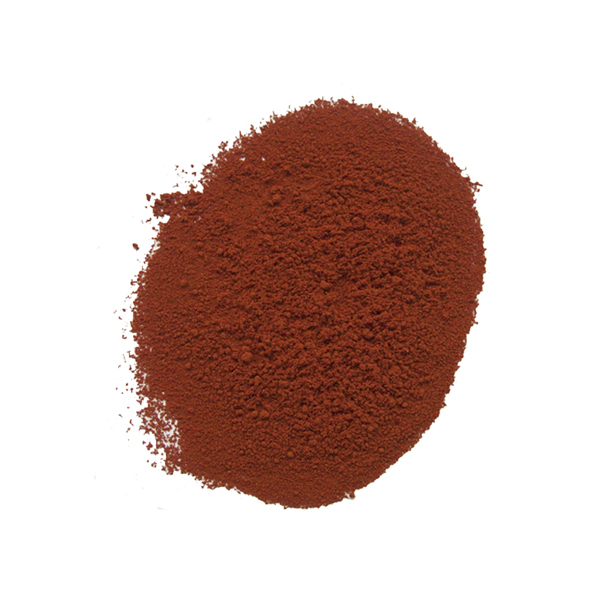










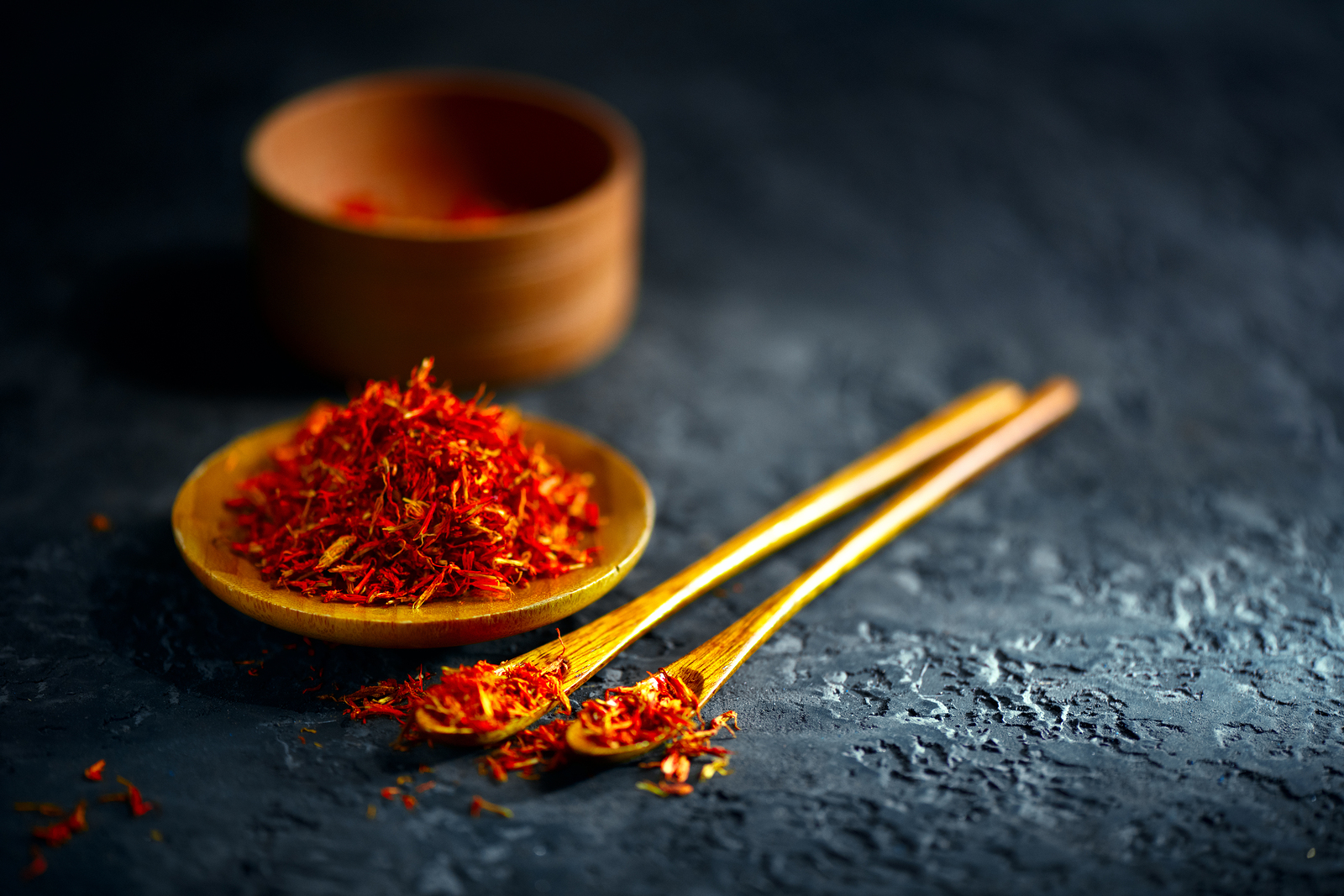
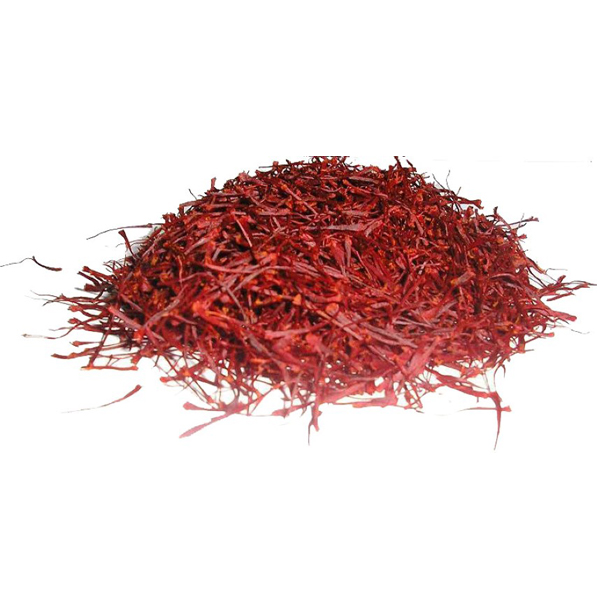
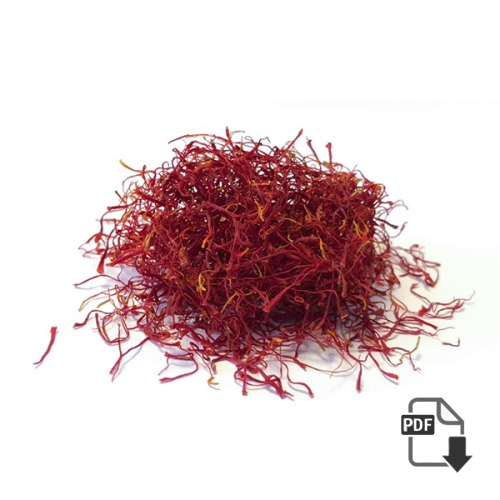
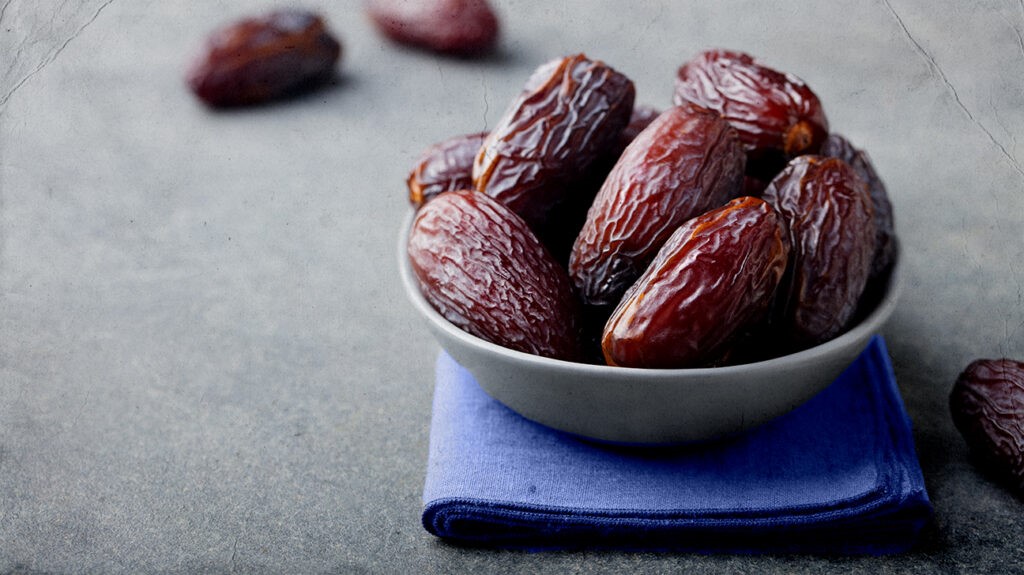
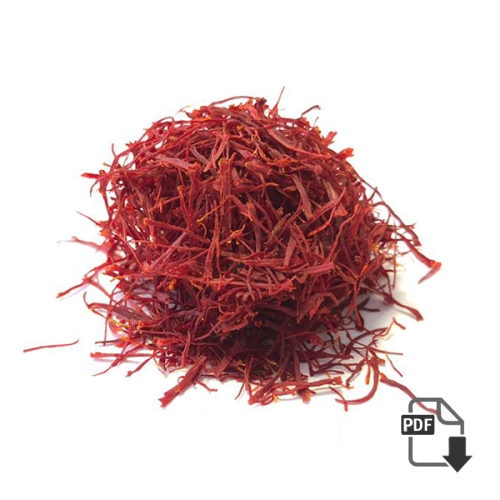
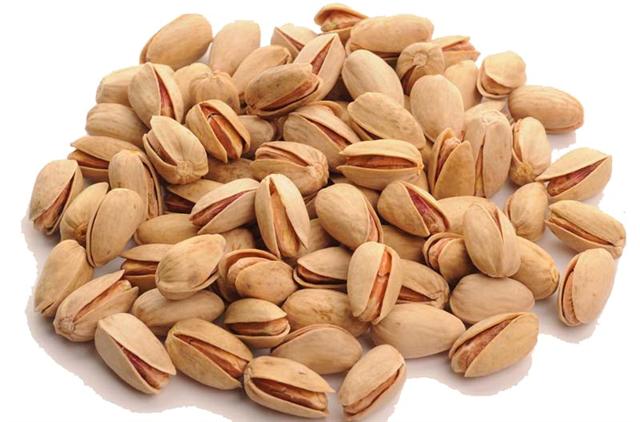
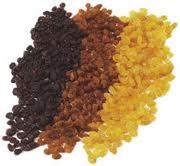 3 kind raisin
3 kind raisin 